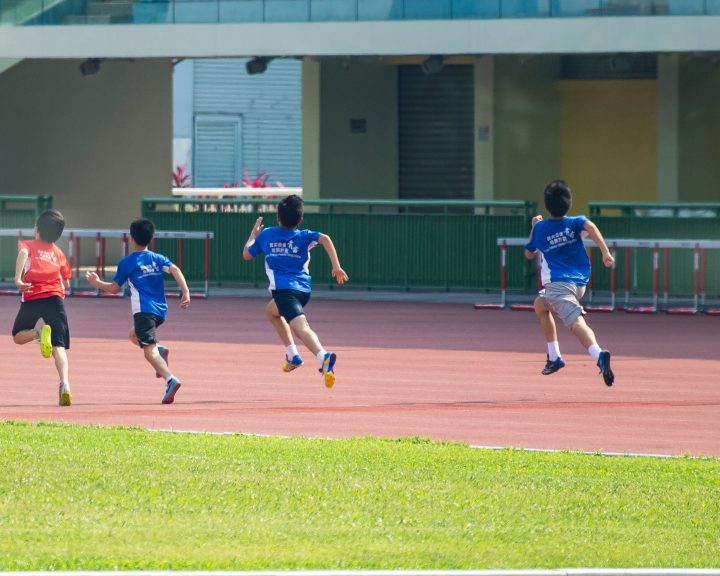It’s noted quite often that children are not little adults when it comes to strength and conditioning. An article in the most recent issue of the European Journal of Applied Physiology investigates this and provides some insight into how children respond to exercise differently than adults. The authors begin the study by noting some important differences; children show a better resistance to fatigue and a faster recovery during repeated high-intensity exercise bouts. According to the authors, children have a higher percentage of Type I muscle fibers and shorter diffusion differences for respiratory gases/metabolites (which means faster phosphocreatine resynthesis and better acid-base regulation).
In this study, the authors compared 16 children (mean age of 9 years old) to 16 adults (mean age of 26 years old) and compared the physiological responses of their calf muscles to high-intensity, intermittent plantar flexion. The subjects performed a great deal of baseline fitness testing and had their 1-RM on plantar flexion estimated. They were then asked to perform 10×30 seconds right leg plantar flexion (20 second rest periods) with 25% of their 1-RM. The subjects were tasked with performing 24 reps per exercise bout. This was being done while the energy metabolism of the leg was being measured via MRI technology (the leg was in the MRI tube while performing exercises against a pedal). They were then asked to rest for ten minutes.
Results:
- All subjects depleted their levels of phosphocreatine during the exercise, adults more. For example, at the end of exercise the children were at about 37.5% of their resting levels, adults were at 17.5% of theirs. This pattern continued through the rest period.
- ATP levels were lower in adults (22% in adults compared to 27% in children) during the exercise. This trend continued during rest.
- End exercise pH was higher in children than adults (~6.9 in children versus ~6.6 in adults).
The results taken together are showing that children are finding slightly different ways to fuel the exercise than adults. Because they are less acidic and are better able to maintain PCr and ATP levels, it suggests that they are replying on oxidative ATP formation to fuel exercise as opposed to the adults.
What does this mean? It means that children are able to recover from exhaustive exercise faster than adults. It also suggests that children are more resistant to fatigue during this type of exercise than adults. Now, anyone with young children has witnessed this but studies like this begin to give us the reasons as to “why.”
Kappenstein, J., Ferrauti, A., Runkel, B., Fernandez-Fernandez, J., Muller, K., and Zange, J. (2013). Changes in phosphocreatine concentration of skeletal muscle during high-intensity intermittent exercise in children and adults. European Journal of Applied Physiology, 113: 2769-2779.



